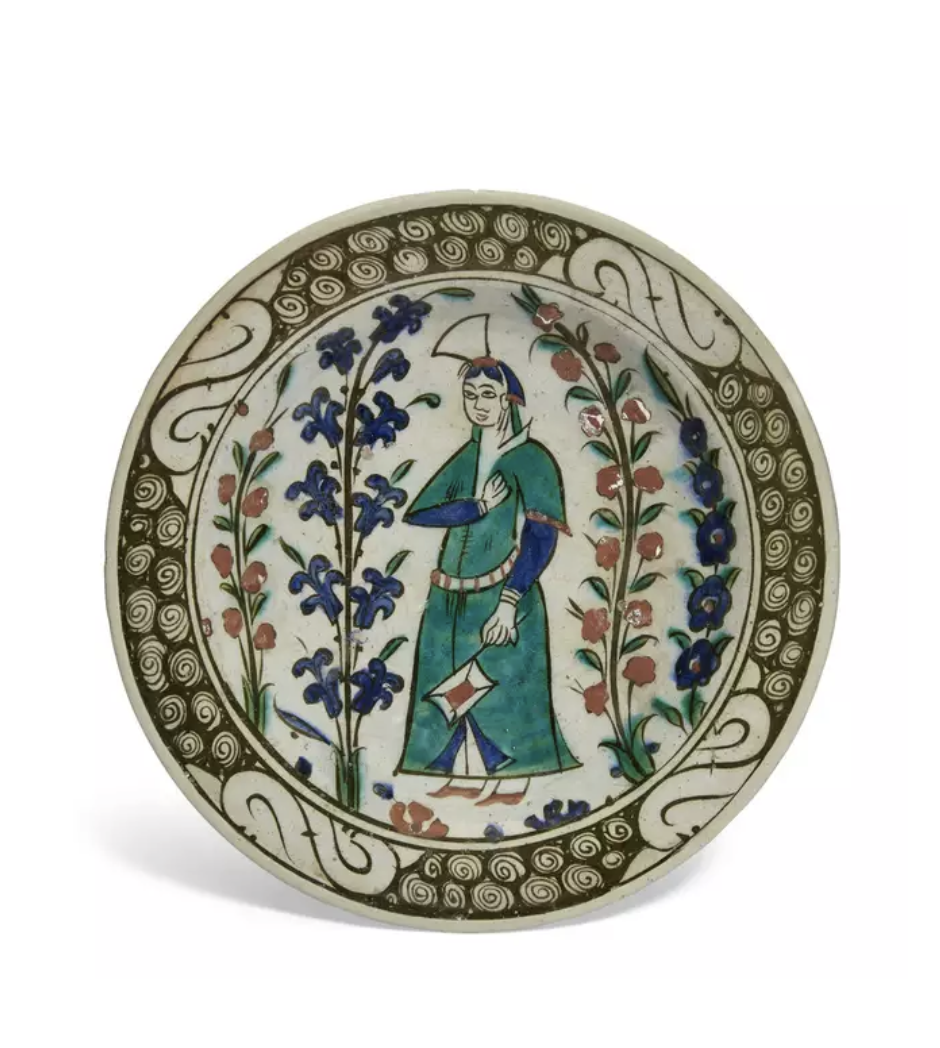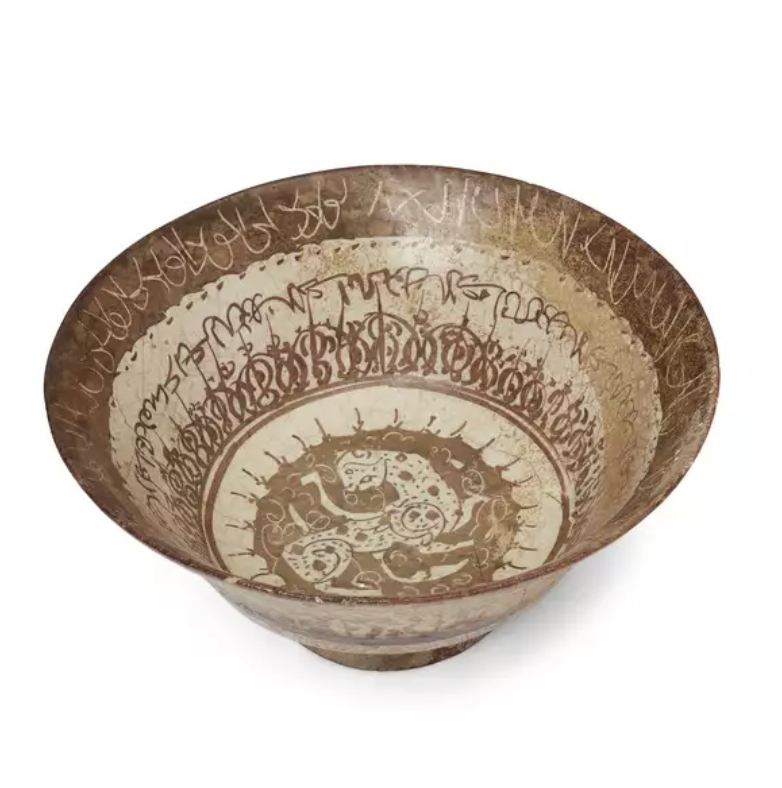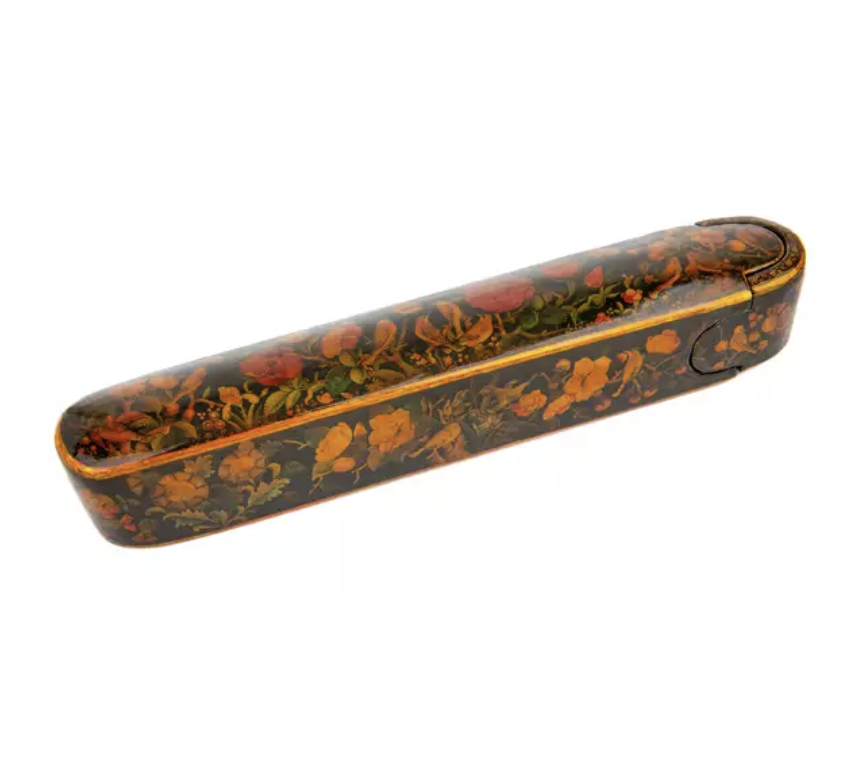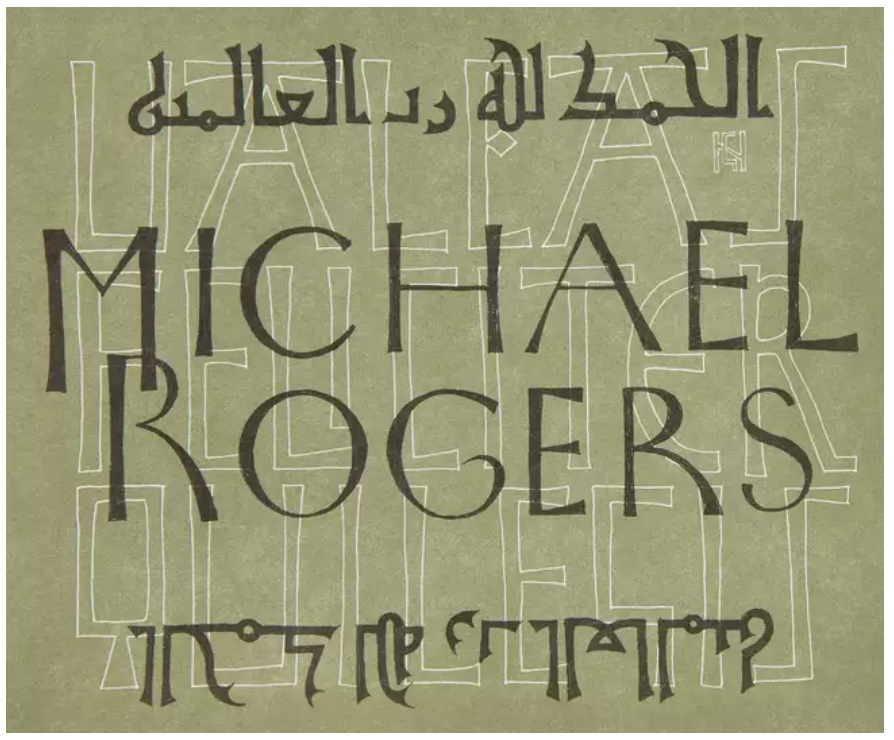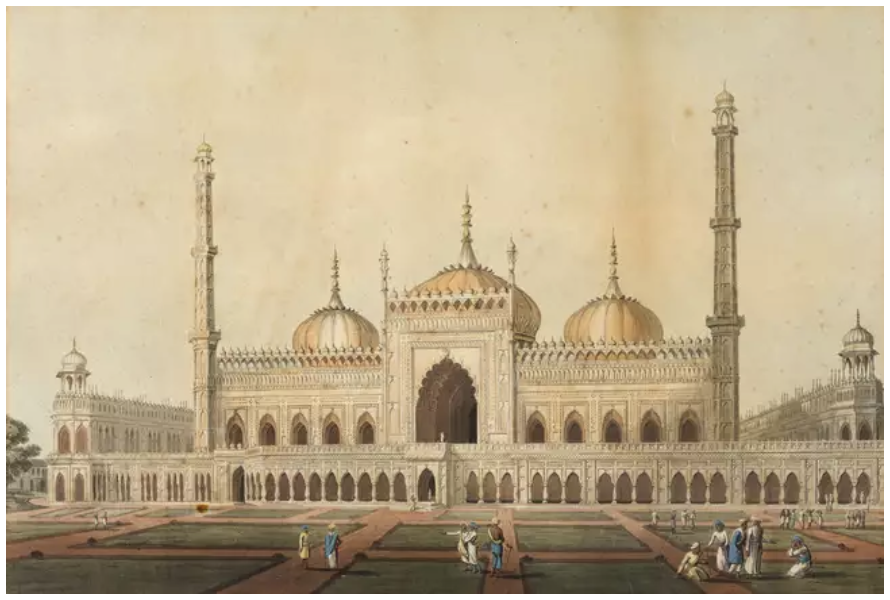
Introducing Take 5 by Dr Emily Shovelton and her five highlights from the upcoming
Antiquities, Islamic & Indian Arts auction taking place on Monday 30 October
Dr Emily Shovelton @emilyshovelton specialises in art from the Islamic world and Persianate culture across South Asia. She is particularly interested in manuscripts and albums from Timurid and Safavid Iran and the sultanates and Mughals of India. She completed her PhD at SOAS in 2009 whilst working as an Assistant Curator at the British Museum. She has tutored for the Islamic module of the V&A Museum’s Asian Art diploma and continues to convene and lecture for the Arts of India module for the Art of Asia Diploma at SOAS. Recent articles on Sultanate manuscripts are published in Iran: Journal of the British Institute of Persian Studies (2021) and the Journal of the Royal Asiatic Society (2022). She has contributed to forthcoming volumes, Masterpieces of Islamic Art from The Farjam Collection and Tale and Image: Illustrated manuscripts and album paintings from Iran, Turkey and Egypt, the Nasser D. Khalili Collection of Islamic Art.
Lot 409: A figural Iznik pottery dish, Ottoman Turkey, circa 1600
My first choice is lot 409, a polychrome Iznik ceramic dish made in Ottoman Turkey in the 17th century, and one of a distinct group of dishes with figural designs. In the centre is a female figure with a tall headdress accompanied by floral elements, typical of Iznik ceramics made outside the court.
Lot 442: A Kashan conical lustre pottery bowl, Persia, 12th century
My second pick is lot 442, a lustre pottery bowl made in Kashan in Iran, dating to the 12th or early 13th century. Lustre ceramics had a long-lasting popularity and were collected and imitated in Europe. This bowl has an interesting provenance, acquired by Dr Crosthswaite in Tehran in the 1930s.
Lot 225: Property from a Private London Collection
A lacquered papier-mache pencase (qalamdan)
Next is lot 225, a lacquered papier-mâché pen box from Iran in the 19th century. It is decorated with birds and flowers, or the gul-o-bulbul (rose and nightingale) motif, popular from the late Safavid period onwards. Among the beautifully-rendered flowers on the lid are the stem of a damask rose and an Austrian copper rose.
Lot 90: The Private Library of Professor JM Rogers (1935-2022)
Next, I chose lot 90, the library of the eminent scholar Professor Michael Rogers. He taught me many years ago and encouraged my interest in Persian manuscripts. This is a fantastic opportunity to acquire his library accumulated over decades.
Lot 495: Henry Salt, Mosque at Lucknow, fine hand-coloured aquatint by I. Hill after Salt
My final pick is lot 495, a hand-coloured aquatint dated 1809. It depicts a ‘Mosque in Lucknow’, part of the Bara Imambara complex that dates to 1784. This is an appealing work and a significant historical document that records the appearance of the building not long after it was constructed.


